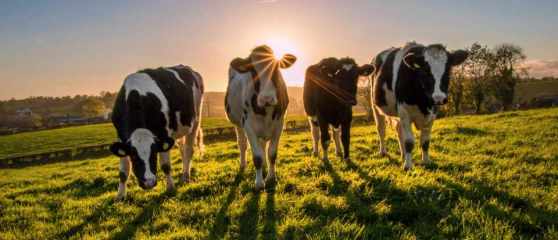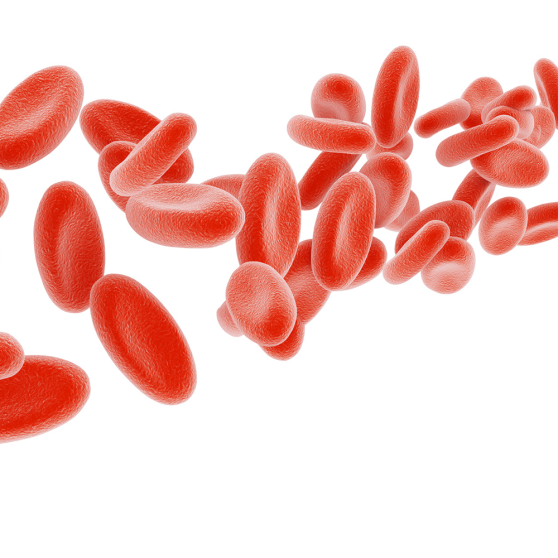This week is world iron week. I’ve talked about iron deficiency on my blog and you will be aware of the risk factors and risks associated with iron deficiency. I know, though, there are those among us who are wary of consuming one of the best sources of iron in the diet: red meat. Because, well, you know – meat kills. The most recent of these news headlines came from this study published in June of this year.
It is challenging being an advocate for eating red meat, and (in a lot of cases) encouraging clients (particularly young and not-so-young women) to eat MORE red meat, in a climate of meat avoidance. It isn’t a popular message, particularly with the bad press that red meat consumption (and production) has received over the last few years. So I thought it timely to remind you of some of the pitfalls associated with nutritional research, and why it is problematic to rely on population based research for our nutrition wisdom. This has been well covered by people much smarter than I am (read here) and relates to the above study looking at red meat and all-cause mortality.
The Nurses’ Health Study is an observational-based study – in that, it wasn’t a study that went in to try and test the effects of a certain dietary condition, instead it merely reported on what the population was doing. The food data was collected using food frequency questionnaires (FFQ), a memory based method, to determine the intake of foods spanning a four-year period. Now, if you’re reading this, you likely think more about food and what you eat than the average population. How difficult, then, would you find it answering questions related to your food intake four weeks ago, let alone four years ago? Imagine then being someone who typically doesn’t give it a second thought. A separate analysis of the data collected in this study revealed that 67% of women and 59% of men participating reported a caloric intake so low that a 70-year-old frail woman wouldn’t be able to live on, much less people who are in the prime of their lives. It has been described as ‘physiologically implausible’. Further, the caloric intake of people categorised as obese or overweight was reported as being ‘incompatible with life’. As all nutrients we eat are attached to calories, this makes all nutrient information completely unreliable.
Secondly, any of the findings are, by virtue of being an observational study, correlational in nature and not cause and effect. Given a data set large enough, enough dietary variables and a number of statistical methods at your disposal, you are likely to see significant correlations if you go looking for them. An example I saw on a blog of Chris Kresser’s was s study reporting that eating 12 hazelnuts a day increased lifespan by 12 years. Or that two slices of bacon equated to a shortened lifespan by 10 years. Yet, all headlines reporting on the study we are talking about here, and indeed the language used by study authors, suggest causality – something that cannot be determined by observation alone. Quite possibly one of the only robust findings from correlational research is that on lung cancer and smoking, where a 2000 times increase in risk of diagnosis of lung cancer was found in those who smoked. The increased risk in the study regarding red meat consumption? 10%. In most fields of science, it takes an increase in risk of at least 200% to garner interest. In nutrition, most relative risk increases are to the tune of 10-50% in either a positive or negative direction. Almost not worth writing about. Remember, too, this is relative risk. Absolute risk (when these numbers are reported) looks quite a bit different (see infographic here, a great description).
Thirdly, the prevailing message in the last 30 years is that red meat is bad for us and we should be minimising our intake of it, something that health conscious people will make a concerted effort to do. Therefore (as the research shows) those people who tend to consume the most red meat aren’t generally those that follow public health messages. They are more likely to smoke more, drink more, do less physical activity and eat less fruit and vegetables – all things which place an individual at greater health risk. While the research statistician ‘adjusts’ for these factors by way of an algorithm, it is well acknowledged that no amount of statistics will account for these unhealthy lifestyle behaviours. This is the inverse (if you like) of a ‘healthy user bias’.
And what about clinical trials looking at the harmful effects of meat? We must put it into context. A hamburger patty served with cheese and aioli, in between two slabs of bread, along with a large side of fries and a soft drink is clearly quite different to a medium rare steak with garlic butter and a side of broccolini. The overall nutrient quality and context of the diet matters whenever we are determining the healthfulness or otherwise of a food choice. Dietary patterns matter. In line with that, there is no good evidence to suggest that meat causes inflammation, and one trial in particular (out of Australia) looked at the differing effects of one 100g serving of wild game meat (Kangaroo) and the standard feedlot beef on inflammatory markers, finding no increases in inflammation after eating the Kangaroo meat. The authors suggest that the fatty acid profile of the beef (higher in proinflammatory omega 6 fatty acids) compared to the wild game meat was the potential mechanism here, but more research was required to establish this. What would be great is to see if differences existed in a clinical trial of a whole food diet that incorporated red meat, rather than there being no differentiation between sources of red meat. Grass fed meat (the majority of our meat supply in New Zealand) is higher in omega 3 fatty acids and antioxidants as a result of the way they are raised – both of which reduce inflammation.
Finally, the tri methylamine N-oxide (TMAO) story. An increase in this enzyme (generated from choline, carnitine and betaine in the gut) is associated with cardiovascular disease and there is suggestion that red meat intake is responsible for higher levels of TMAO. However, it needs to be pointed out that fish (consistently found to be a feature of healthy diets, however you look at it) raises TMAO levels well above what is found with meat. In addition, TMAO is produced in the gut, and we know how much the health of your microbiome is important for overall health. Therefore, if someone has sub-optimal gut health due in part to a poor diet, they are likely to be at increased risk of health concerns.
There is a lot to unpack and this isn’t to try to convince anyone to eat meat if they don’t want to. It is more to remind you that nutrition science is a challenging field. Regardless of assertations made by headlines, health professionals (including me!) or your next-door neighbour, studying what people eat is rife with problems and we need to take everything with a grain of salt. Which, as you probably know, also will not (in isolation) kill you.

PC: https://www.sciencefocus.com/nature/why-do-most-cows-in-a-field-face-the-same-direction/ (interesting link BTW!)
